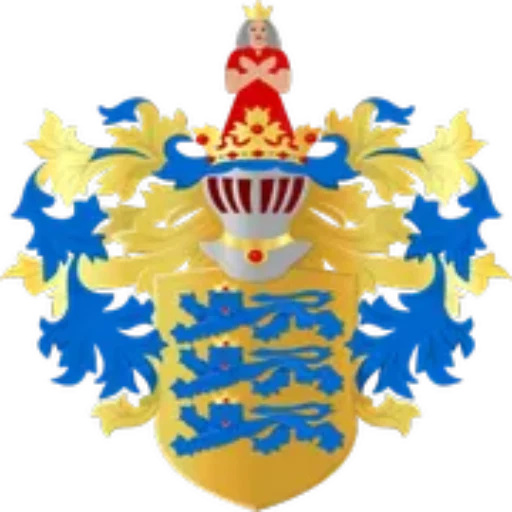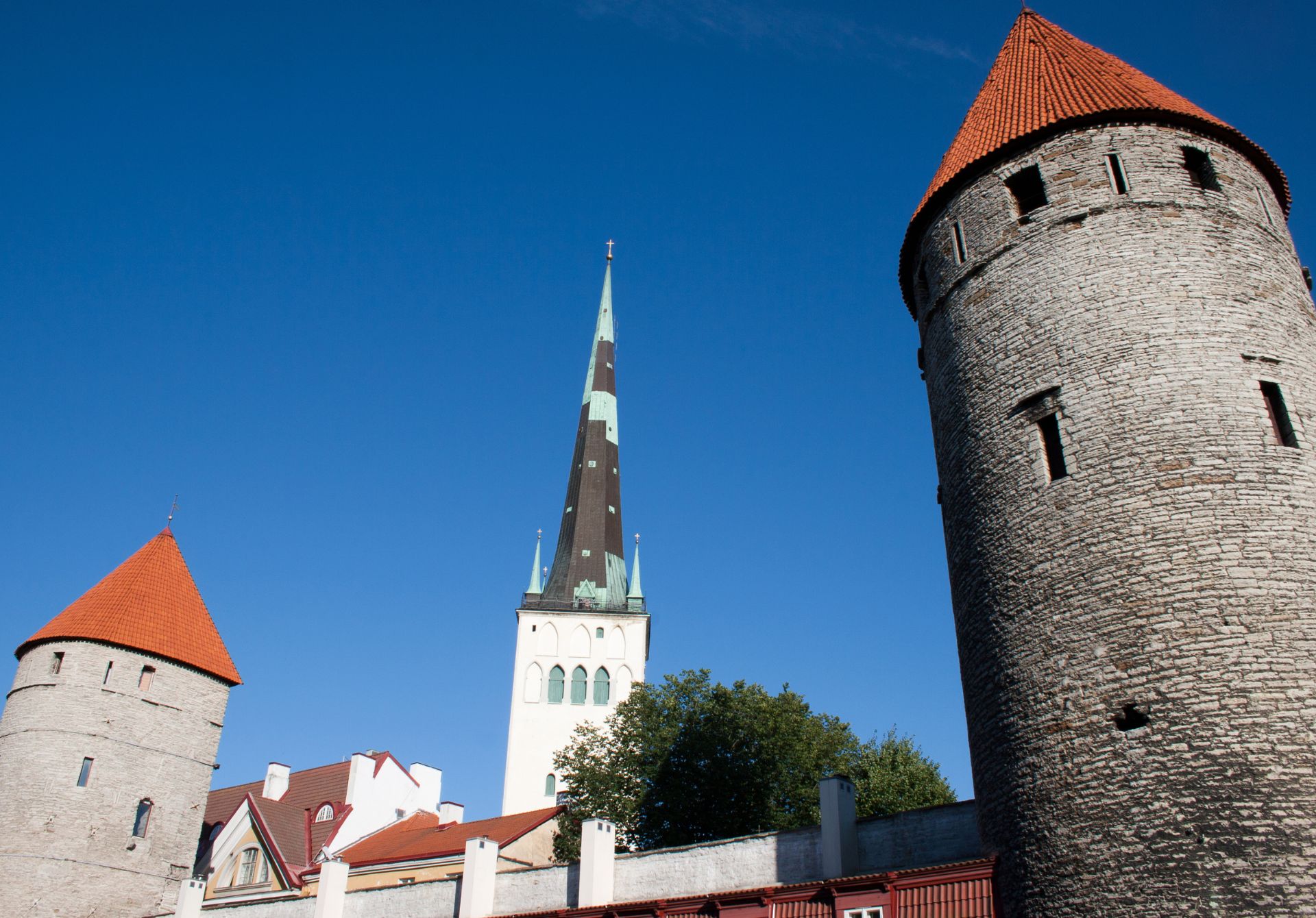Toompea Castle, perched atop the Toompea Hill in Tallinn, Estonia, is a monumental structure with centuries of history woven into its walls. As one of the most significant landmarks in Estonia, this fortress not only represents the country’s political and historical journey but also serves as a modern seat of government. The castle’s rich architectural heritage, cultural significance, and its evolution from a medieval fortress to a functioning parliament building offer a fascinating insight into Estonia’s past and present.
The Architectural Evolution of Toompea Castle
Toompea Castle has seen various architectural transformations over the centuries. The original structure dates back to the 9th century, believed to have been a wooden stronghold established by local Estonian rulers. However, the castle took its first formidable stone form in the 13th century under Danish rule, following the conquest of Northern Estonia. This period marked the foundation of Toompea as a significant military fortification in the region.
Throughout the following centuries, the castle underwent numerous reconstructions, especially under the rule of the Teutonic Knights and later the Swedish and Russian empires. The most notable changes took place in the 18th century when the medieval fortifications were remodeled into a more refined Baroque-style palace, designed by the Russian architect Niccolò Michetti. The transformation introduced neoclassical elements, making Toompea Castle a blend of medieval, baroque, and neoclassical architectural styles.
Political and Cultural Significance
Toompea Castle holds immense political importance in Estonia, as it houses the Estonian Parliament, known as the Riigikogu. The castle’s transition from a defensive fortress to the political heart of the nation reflects the country’s turbulent history. From Danish and Swedish conquests to Russian annexation and ultimately, Estonia’s independence in the 20th century, the castle has been a silent witness to Estonia’s long struggle for sovereignty.
During the Soviet occupation, the Estonian Parliament was dissolved, and the castle became a Soviet administrative building. However, with Estonia regaining independence in 1991, the Riigikogu resumed its role within Toompea Castle, a powerful symbol of Estonia’s self-determination and democracy. Visitors today can witness this ongoing legacy, as the castle remains a central pillar of the Estonian government.
Key Features of Toompea Castle
Pikk Hermann Tower
One of the most iconic structures within Toompea Castle is the Pikk Hermann Tower, a 48-meter-tall medieval watchtower constructed in the 14th century. The tower symbolizes the sovereignty of Estonia, as the Estonian national flag flies proudly from its top. The raising of the flag each morning, accompanied by the national anthem, is a daily ritual that underscores Estonia’s independence.
The Baroque Facade
Another key feature of the castle is its Baroque facade, added during the 18th-century renovations. This facade, facing the main square, is characterized by symmetrical windows, grand entrances, and the pinkish hue that gives the building its striking appearance. The neoclassical elements within the facade are a testament to the architectural influences of the Russian Empire.
The Governor’s Garden
Adjacent to the castle lies the Governor’s Garden, a peaceful green space that offers panoramic views of Tallinn and the surrounding areas. Once a private garden for the Governor of Estonia during the Russian Empire, it is now open to the public, allowing visitors to enjoy a serene escape from the bustling city.
Visiting Toompea Castle
Toompea Castle is one of Tallinn’s most visited historical sites, attracting both local and international tourists. While the castle is a functioning government building, parts of it are accessible to the public. Guided tours are available, offering insight into the castle’s history, architecture, and its role in modern Estonian politics. Visitors can explore the Riigikogu chambers, walk through the Governor’s Garden, and view the symbolic Pikk Hermann Tower up close.
Toompea Castle is not just an ancient relic of Estonia’s past; it is a living testament to the nation’s resilience and enduring spirit. From its medieval origins as a fortress to its current role as the seat of the Estonian Parliament, the castle embodies Estonia’s journey through centuries of political upheaval and eventual independence. With its architectural beauty, historical importance, and cultural symbolism, Toompea Castle remains a must-visit landmark for anyone seeking to understand Estonia’s rich heritage and contemporary identity.

